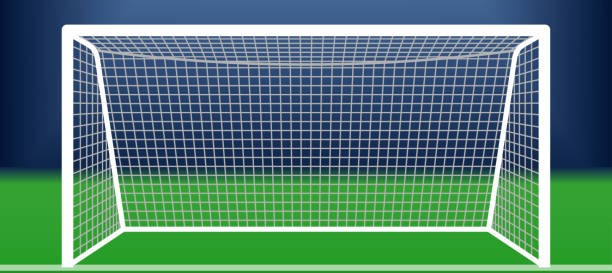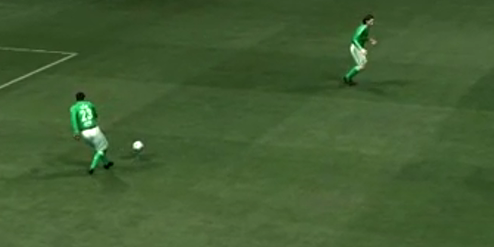













HOW TO PASS.

Passing the ball is a fundamental skill in football that facilitates teamwork, creates scoring opportunities, and maintains
possession. Here’s a detailed explanation of how to pass the ball effectively in football:
Types of Passes:
- ▫ SHORT PASS: A quick, close-range pass typically used for maintaining possession or building up play.
- ▫ LONG PASS: A pass over a longer distance, often aimed at switching play or reaching a teammate in space.
- ▫ THROUGH BALL: A pass played into space ahead of a teammate, allowing them to run onto it.
- ▫ CROSS: A pass delivered from the wings into the penalty area, usually aimed at strikers.
Basic Passing Techniques:
- INSIDE OF THE FOOT PASS:
▫ TECHNIQUE: Use the inside of the foot for accuracy. This technique is ideal for short to medium passes.
▫ DELIVERY: Approach the ball at a slight angle, plant your non-kicking foot beside
the ball, and strike
with the inside of your foot while following through in the direction of the pass.
- LACES PASS (INSTEP DRIVE):
▫ TECHNIQUE: Use the laces (top) of the foot for power, suitable for longer passes.
▫ DELIVERY: Position your non-kicking foot beside the ball, lean back slightly, and strike the ball with your laces,
following through for distance.
- CHIPPED PASS:
▫ TECHNIQUE: A pass that lifts the ball off the ground, useful for bypassing defenders.
▫ DELIVERY: Use the inside of the foot to scoop the ball, striking underneath it to get the desired height.
- SIDE FOOT PASS:
▫ TECHNIQUE: A controlled pass using the side of the foot, suitable for quick, precise passes.
▫ DELIVERY: Position your non-kicking foot next to the ball, and strike with the side of your foot while
keeping your ankle firm.
Body Positioning:
- ▫ ANGLE OF APPROACH: Approach the ball at an angle to allow for better foot placement and to generate a clear line of sight to
the target.
- ▫ BODY ORIENTATION: Face your target as much as possible to ensure accuracy. Your body should be aligned with the intended direction
of the pass.
Communication:
- ▫ VERBAL CUES: Use verbal communication with teammates to indicate passing intentions (e.g., calling their name).
- ▫ NON-VERBAL SIGNS: Make eye contact or use hand signals to show you are ready to pass or receive the ball.
Reading The Game:
- ▫ AWARENESS: Always scan the field for open teammates, space, and opponents before receiving the ball to make quick decisions.
- ▫ UNDERSTANDING MOVEMENT: Anticipate where your teammates will be and pass to where they are going, not just where they are.
Practicing Passing:
- ▫ DRILLS: Engage in various passing drills that simulate game scenarios.
- ▫ WALL PASS: Pass to a wall or rebounder and receive the ball back.
- ▫ TARGET PASSING: Set up targets to hit with passes from different distances.
- ▫ KEEP-AWAY GAMES: Practice passing under pressure while maintaining possession in small-sided games.
Using Both Feet:
- ▫ VERSATILITY: Practice passing with both feet to become a more well-rounded player. Being able to pass effectively with your weaker
foot increases options in tight situations.
Game Situations:
- ▫ DECISION MAKING: Assess the situation quickly to determine whether to pass short, long, or use a through ball based on defensive
positioning.
- ▫ DELIVERY UNDER PRESSURE: Work on maintaining composure and making precise passes when under pressure from opponents.
Summary: Passing is an essential skill in football that requires proper technique, awareness, and communication. By mastering different types
of passes and practicing regularly, players can enhance their ability to maintain possession, create scoring opportunities, and contribute
effectively to their team’s play. Understanding when and how to pass in various game situations is crucial for successful
gameplay.




























